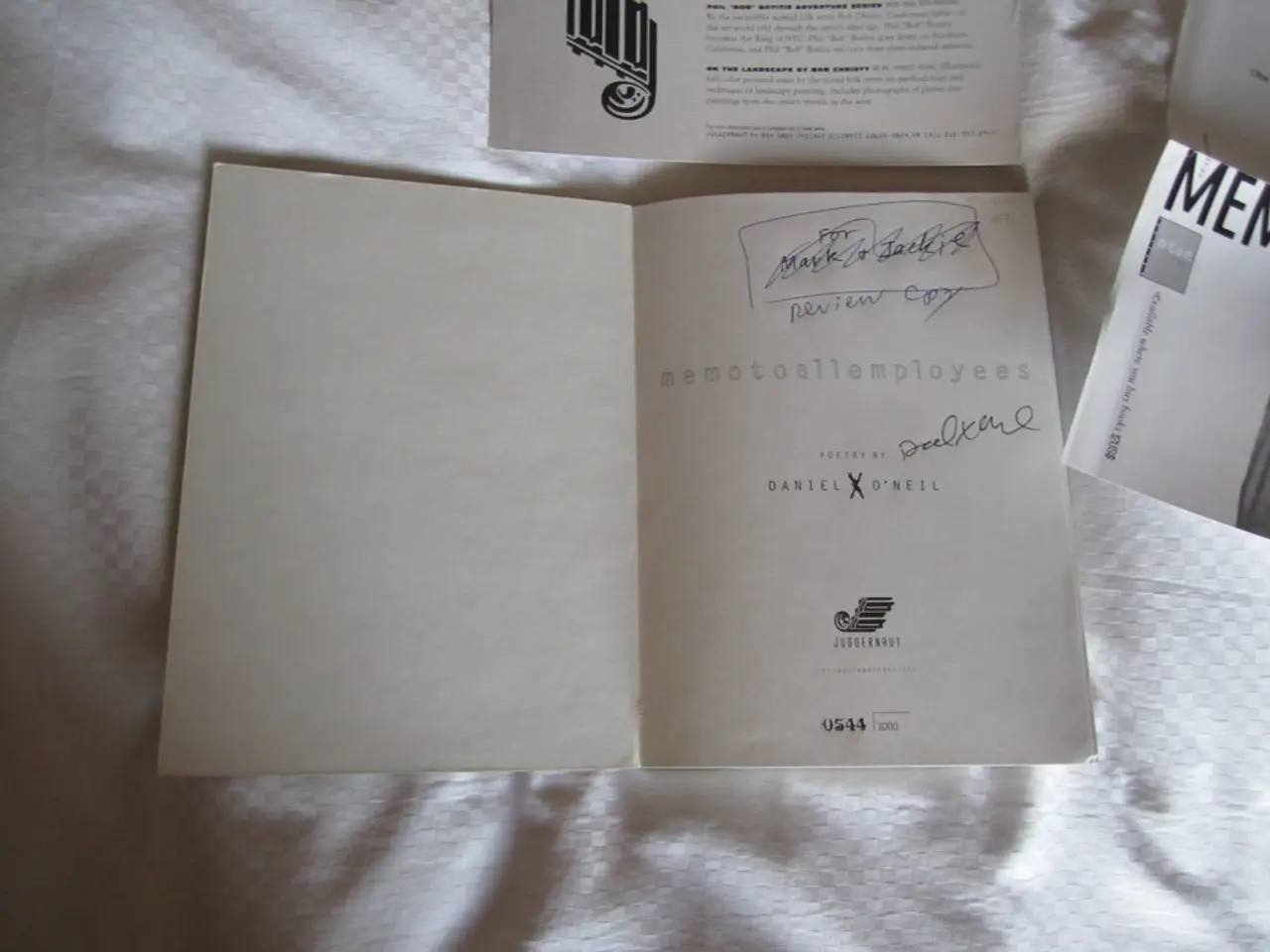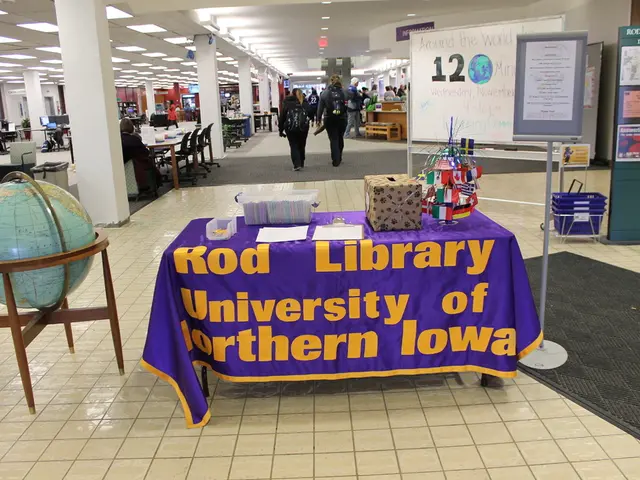Academic Integrity Under Threat: Paper Mills' Alarming Rise
Academic integrity is under threat from anonymous paper mills, organisations producing low-quality or fabricated research papers. A recent study reveals that the number of suspected paper-milled papers is doubling every 18 months. This alarming trend is fuelled by the 'publish or perish' culture in academia and the anonymity of those behind these illicit operations.
Post-publication peer review, a primary method for detecting fraudulent papers, is struggling to keep pace with the growing problem. Some respected journals are complicit in publishing these low-quality papers, further exacerbating the issue. The Schön scandal, involving faked data on single molecule semiconductors, serves as a stark reminder of the consequences.
To tackle this, journals are placing greater emphasis on supplying raw data, making faking more difficult. Additionally, AI is being employed to detect faked images, such as nanomaterial microscopy images, used to deceive reviewers and readers. Delisting journals with lax standards is another potential solution. However, the anonymity of those running paper mills poses a significant challenge to these efforts.
The scientific world, having grown too large for personal verification of all researchers' work, must now confront the growing threat of anonymous paper mills. Stakeholders, including journals, institutions, and researchers, must collaborate to implement stricter measures, increase transparency, and promote academic integrity. The future of scientific progress depends on the credibility of its findings.
Read also:
- Dual-function mattress offers both cooling and coziness at an affordable price.
- Ontario falls short by a small margin in delivering the goal of four hours daily care for long-term care residents.
- "Thrilled response" from animal rights organization following cessation of canine testing at London, Ontario healthcare facility
- Mindfulness-Based Cognitive Therapy's Role in Alleviating Chronic Worries and Anxieties








